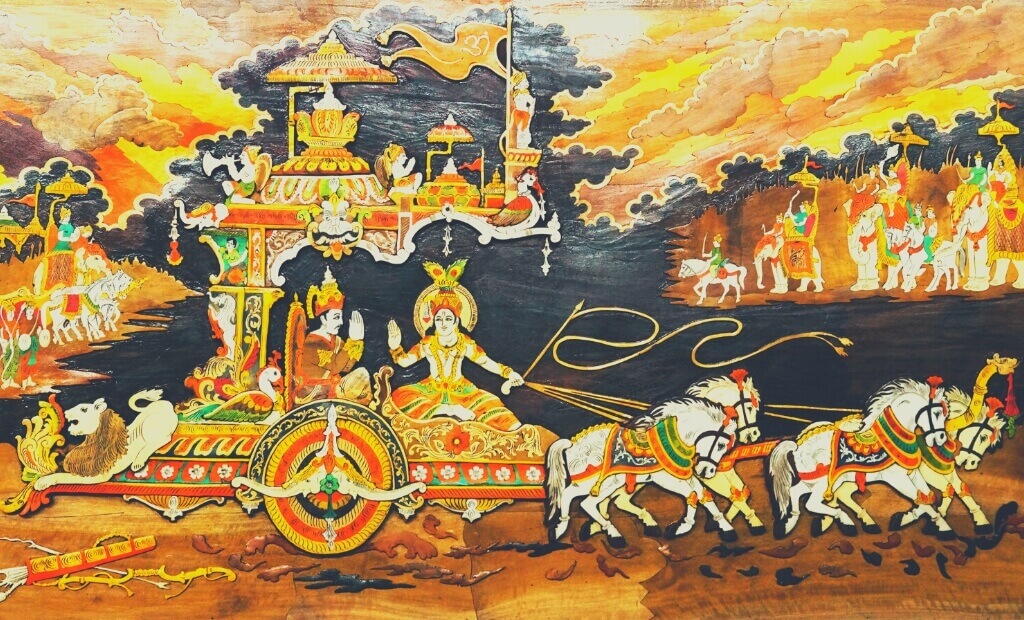Jeffrey LaMonica is an associate professor of history and coordinator of the Global Studies Program at Delaware County Community College in Media, Pennsylvania. He holds an M.Phil. in Global Studies from the University of Pennsylvania, MA in Modern European History from Villanova University, and a BA in History from LaSalle University. Jeffrey resides in Philadelphia.

